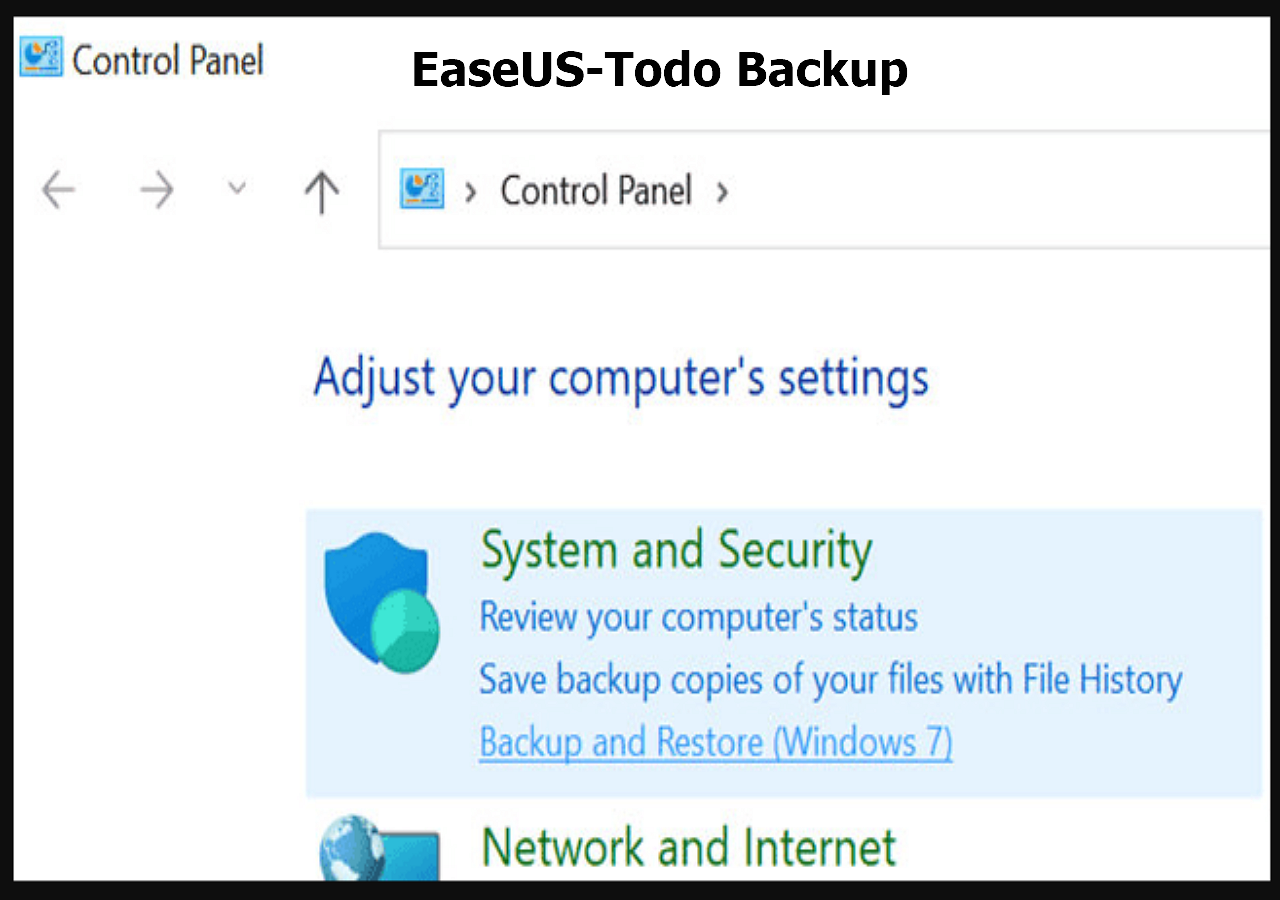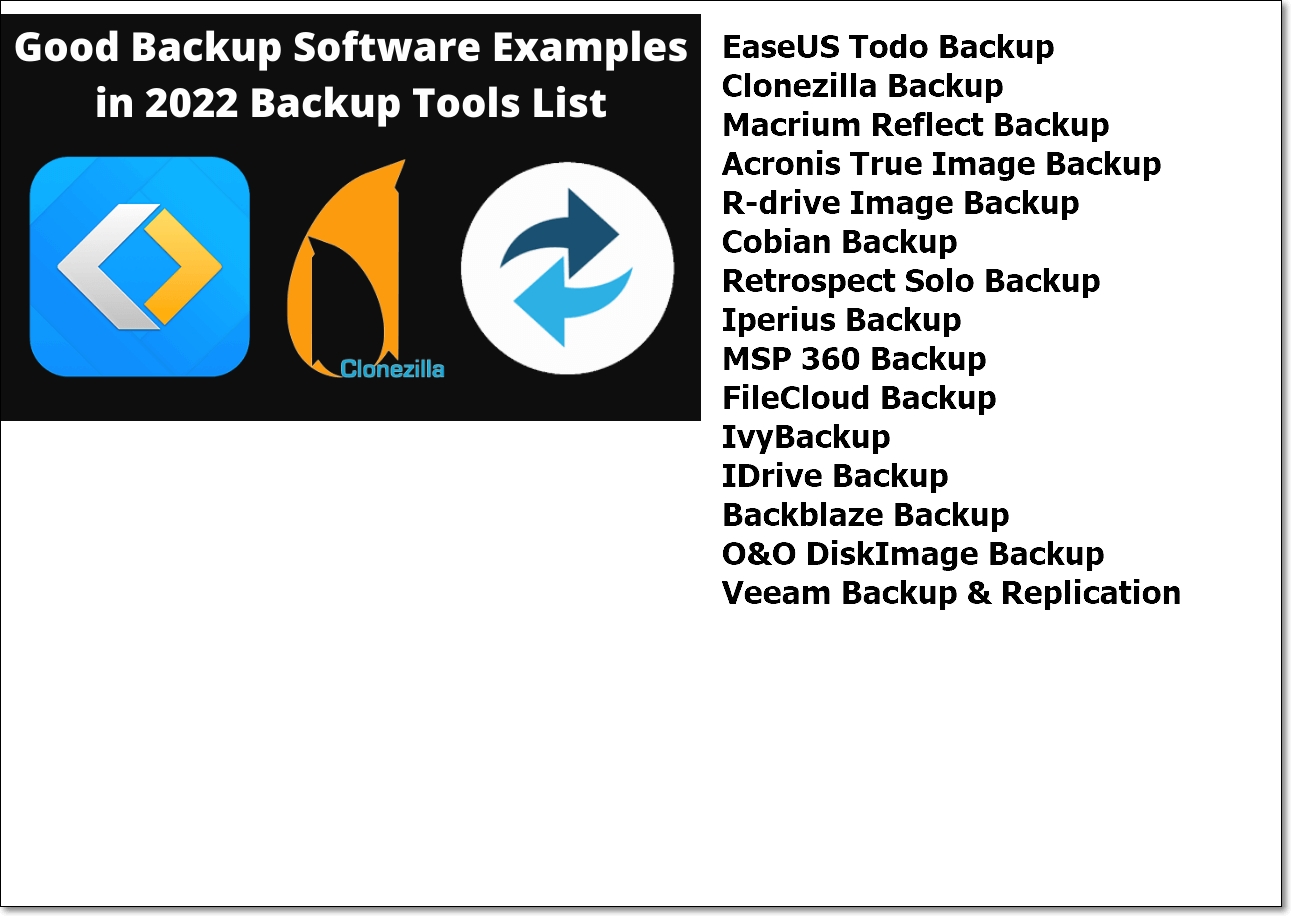Page Table of Contents
| SQL Recovery Models | Detailed Information |
|---|---|
| Simple Recovery Model | SQL Server maintains only a minimal amount of information in the transaction log...Full steps |
| Full Recovery Model | With the full recovery model, SQL Server preserves the transaction log until you back it up...Full steps |
| Bulk-logged Recovery Model | The bulk-logged recovery model is a special-purpose model that works in a similar manner...Full steps |
There are THREE different recovery models of SQL Server, you should select SQL Server recovery model to manage log files and prepare for the SQL recovery in case of disaster. This document is to talk about three SQL Server recovery models: simple, full and bulk-logged. Among all, you should back up your SQL Server database.
This document recommends reliable SQL Server database backup and recovery software: EaseUS Todo Backup.
Start a live chat with an EaseUS Expert to tailor an enterprise backup solution specific to your requirements. We are here to assist you with the following as well:
- Commence a free trial
- Obtain a quotation
- Arrange a free demonstration
Basic Information About Log Files
SQL Server database contains at least an MDF data file and an ldf log file. Mdf file contains all the database objects and data, such as the table, stored procedure, and user information. Ldf log file contains all logs in the database. While, you never only count on log files to recover your database, for example, to recover the database to some time-point through the ldf log file and the previous full backup.
What does the log file do?
- Being physical store position of logs, we can back up the logs from the ldf log file, and recover the database using log backup file.
- SQL Server will read the log from ldf log file every time it launches. It will roll back up affairs not submitted before and roll forward those affairs which have been submitted but not have been written data file to ensure the integrity of affairs.
- A full backup contains all data of the database but does not include all logs. Full backup only contains all data pages and logs in the tail of the current database.
Activity log means log records of current running affairs. A virtual log means a logic storage unit of the log. SQL Server logically divides ldf log file space into several pieces. Every piece is a virtual log. Log truncation means to delete the former log.
Simple Recovery Model
When you choose the simple recovery model, SQL Server maintains only a minimal amount of information in the transaction log. SQL Server truncates the transaction log each time the database reaches a transaction checkpoint, leaving no log entries for disaster recovery purposes.
In databases using the simple recovery model, you may restore full or differential backups only. It is not possible to restore such a database to a given point in time, you may only restore it to the exact time when a full or differential backup occurred. Therefore, you will automatically lose any data modifications made between the time of the most recent full/differential backup and the time of the failure.
Simple Recovery requires the least administration. It is easier to manage than the Full or Bulk-Logged models, but at the expense of higher data loss exposure if a data file is damaged. Simple Recovery is not an appropriate choice for production systems where loss of recent changes is unacceptable. When using Simple Recovery, the backup interval should be long enough to keep the backup overhead from affecting production work, yet short enough to prevent the loss of significant amounts of data.
- Advantage: permits high-performance bulk copy operations. Reclaims log space to keep space requirements small.
- Disadvantage: changes since the most recent database or differential backup must be redone.
Full Recovery Model
With the full recovery model, SQL Server preserves the transaction log until you back it up. This allows you to design a disaster recovery plan that includes a combination of full and differential database backups in conjunction with transaction log backups.
You have the most flexibility restoring databases using the full recovery model when a database failure happens. In addition to preserving data modifications stored in the transaction log, the full recovery model allows you to restore a database to a specific point in time.
- Advantage: no work is lost due to a lost or damaged data file. It can recover to an arbitrary point in time.
- Disadvantage: if the log is damaged, changes since the most recent log backup must be redone.
Bulk-logged Recovery Model
The bulk-logged recovery model is a special-purpose model that works in a similar manner to the full recovery model. The only difference is in the way it handles bulk data modification operations. The bulk-logged model records these operations in the transaction log using a technique known as minimal logging. This saves significantly on processing time but prevents you from using the point-in-time restore option.
- Advantage: permits high-performance bulk copy operations, minimal log space is used by bulk operations.
- Disadvantage: if the log is damaged, or bulk operations occurred since the most recent log backup, changes since that last backup must be redone.
Full Recovery and Bulk-Logged Recovery models provide the greatest protection for data. These models rely on the transaction log to provide full recoverability and to prevent work loss in the broadest range of failure scenarios. The Bulk-Logged model provides higher performance and lower log space consumption for certain large-scale operations.
When you choose different MS SQL Server backup strategies, you will have specific limitations to recover SQL Server backups.
Was this page helpful? Your support is truly important to us!

EaseUS Todo Backup
EaseUS Todo Backup is a dependable and professional data backup solution capable of backing up files, folders, drives, APP data and creating a system image. It also makes it easy to clone HDD/SSD, transfer the system to different hardware, and create bootable WinPE bootable disks.
-
Updated by
Larissa has rich experience in writing technical articles and is now a professional editor at EaseUS. She is good at writing articles about data recovery, disk cloning, disk partitioning, data backup, and other related knowledge. Her detailed and ultimate guides help users find effective solutions to their problems. She is fond of traveling, reading, and riding in her spare time.…Read full bio -
Written by
Tracy became a member of the EaseUS content team in 2013. Being a technical writer for over 10 years, she is enthusiastic about sharing tips to assist readers in resolving complex issues in disk management, file transfer, PC & Mac performance optimization, etc., like an expert.…Read full bio
EaseUS Todo Backup

Smart backup tool for your files, disks, APPs and entire computer.
Topic Clusters
Interesting Topics












